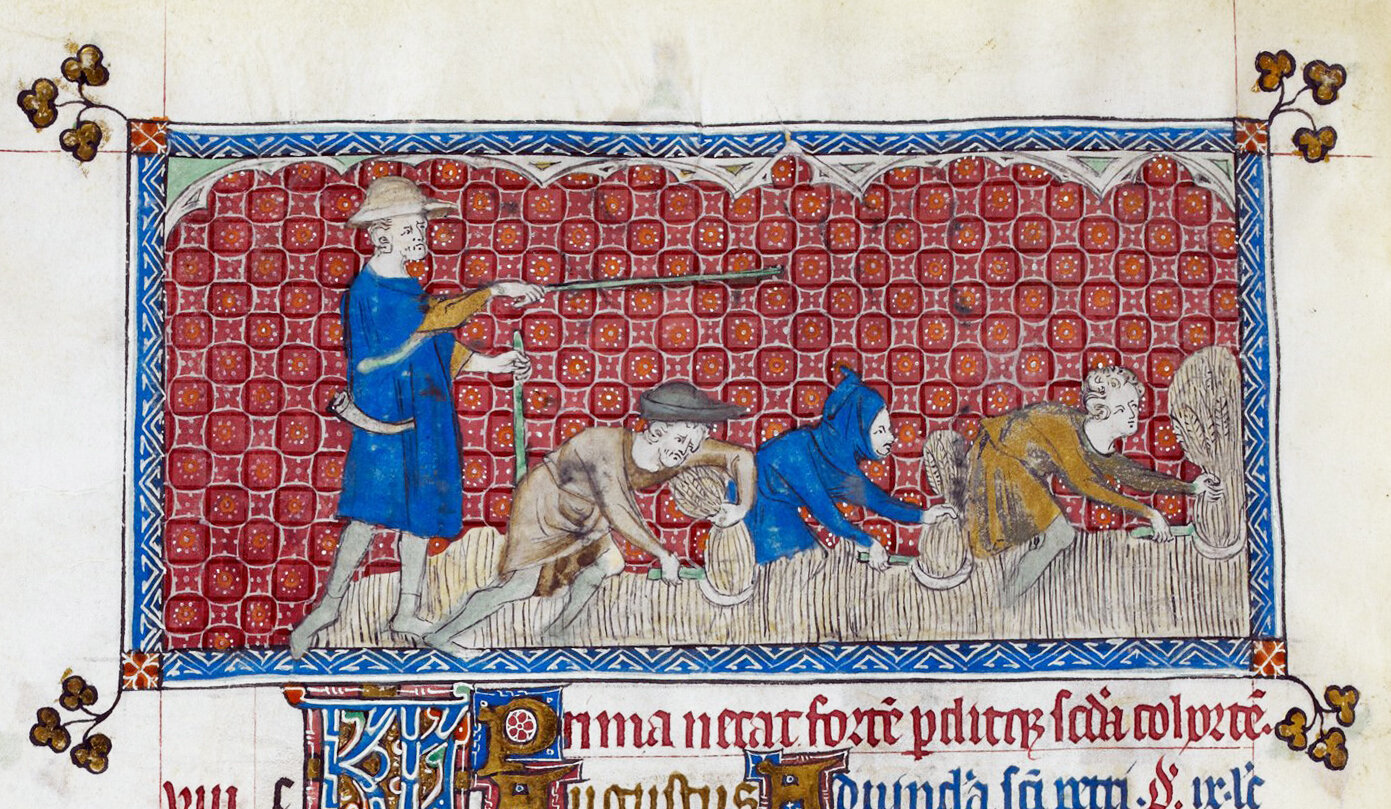HM King Charles III: Portrait of a Deathly Empire

Jonathan Yeo offers a poetic capstone to the British Empire.
Cover photo: The first official portrait of King Charles III is unveiled at Buckingham Palace, London, United Kingdom (2024). Photo by Aaron Chown and via Reuters.
Intro
Tuesday, March 14th — a visibly startled King Charles unveiled his first official portrait at Buckingham Palace. He ascended to the British Throne in 2022 on the passing of his mother, the long-reigning Queen Elizabeth.
The painting was commissioned prior to the king’s ascension, by the philanthropic Drapers’ Company in celebration of his 50th year as member. It was painted by celebrity portraitist Jonathan Yeo. The self-taught British artist has previously portrayed Queen Camilla and Prince Philip of the Royal Family.
King Charles posed for the image in person, totaling nearly four hours. The composition is quite standard for a royal portrait. The 75-year-old is depicted in his uniform of the Welsh Guards, as Regimental Colonel. Except for a butterfly hovering over his right shoulder, he stands alone, with his hands resting upon ceremonial sword. The work is technically well-executed, rendered in a dynamic painterly style.
Most surprising is the unusual color scheme. The entire canvas — along with each medal, star, and sash — is awash in a sea of crimson. Welsh red covers the surface like an apocalyptic vision, soaked in blood or engulfed in flames. The image has been described as “ghoulish,” “demonic,” and “terrifying.”
Imperialism
This undeniably-bizarre picture comes at a pivotal moment. “We are in the [place] now in which we’re questioning the history of the monarchy, the British Empire, … [and] the British Monarchy’s involvement in slavery,” says royal historian Kate Williams.
The British Empire was the largest in human history, ruling over a quarter of the globe’s population at the height of its power just a century ago.
King Charles himself suggested the addition of a butterfly. It’s also a monarch, in fact. According to Yeo, it’s meant to symbolize the metamorphosis from prince to king.
Upon his coronation, leaders from 12 of the remaining 14 Commonwealth realms — nations which recognize the British Monarch as head of state — urged King Charles to apologize for “centuries of racism, oppression, colonialism and slavery” while calling for the repatriation of stolen artefacts and reparations.
While King Charles has expressed “personal sorrow” for the British Empire’s role in slavery, he has stopped short of any formal apology for the global impact of British imperialism.
Climate Colonialism
Yeo is no stranger to controversy. He launched to stardom in 2007 with a collage of U.S. President George Bush made of pornographic magazines — inspired by the puritanical hypocrisy of American conservatives.
Yeo’s portrait of King Charles appears similarly subversive. Online, the artist notes that the monarch butterfly is a migratory species negatively affected by climate change.
Charles himself has been hailed as the “Climate King” for his environmental concerns — though the British Empire is considered one of history’s worst CO2 emitters. The Industrial Revolution began in England, driving deforestation and resource extraction from around the world.
In 2022, the International Panel on Climate Change (IPCC) acknowledged the impact of “colonialism” for the first time. The term “climate colonialism” has emerged to describe the legacy of imperial exploitation and the neocolonial perpetuation of inequity.
At the COP28 climate conference last year, King Charles argued, “The Earth does not belong to us; we belong to the earth.” On canvas — swallowed in deathly red — he betrays a sense of guilt.





